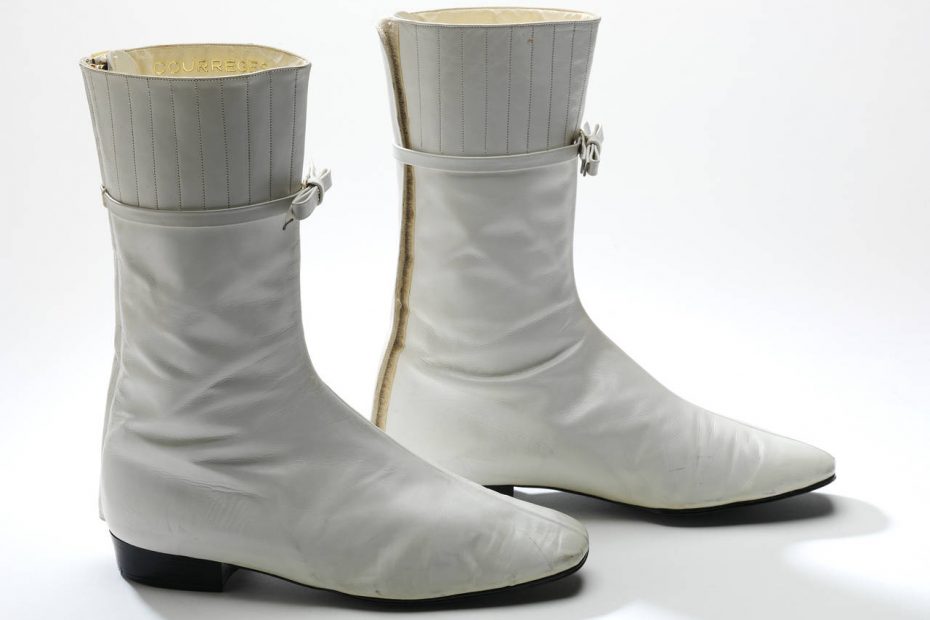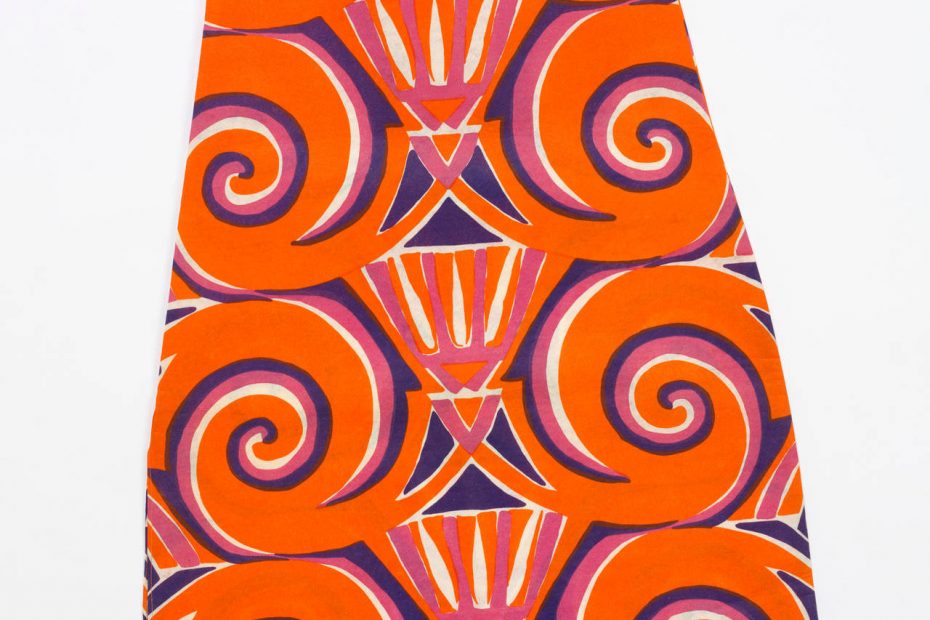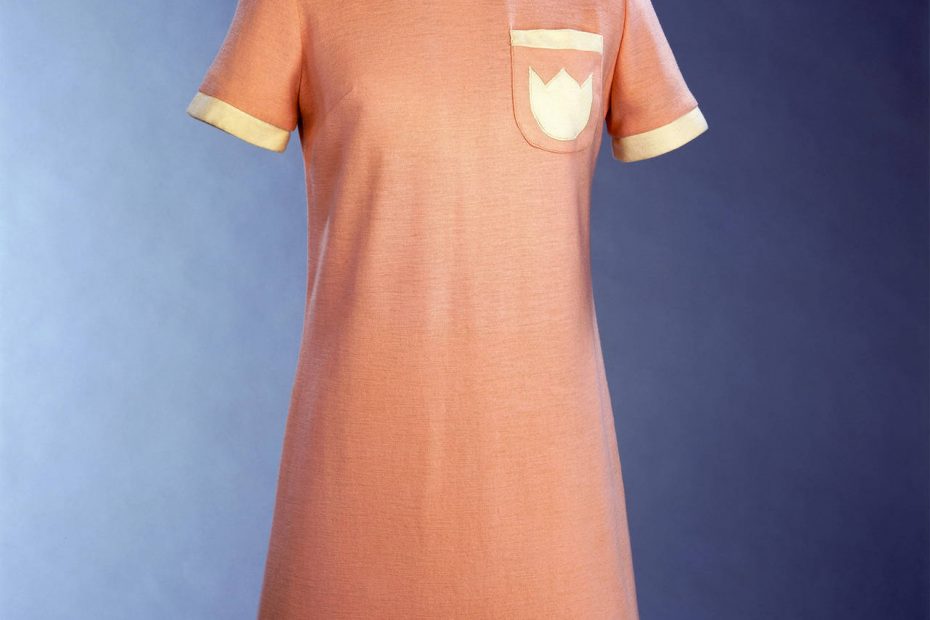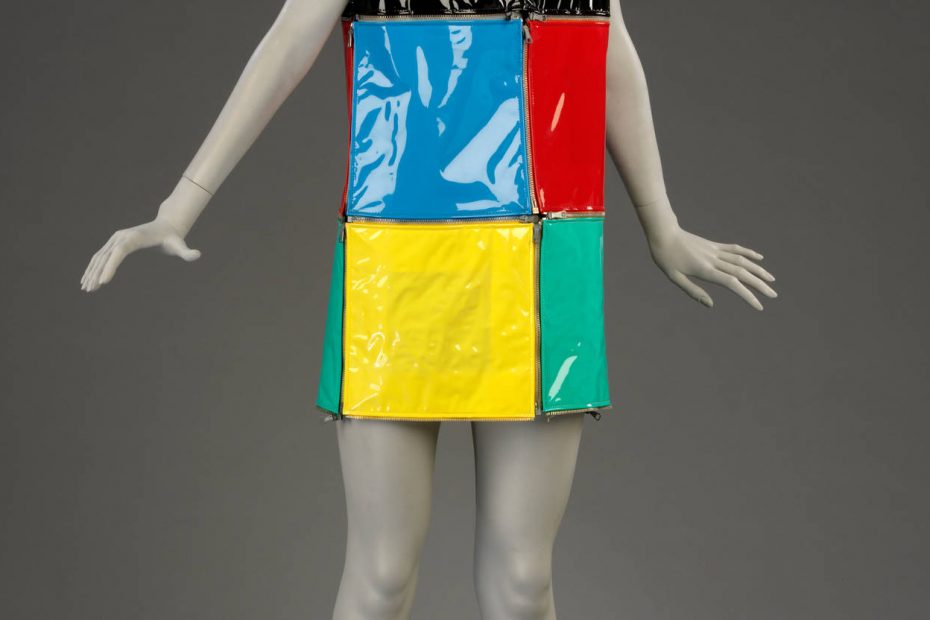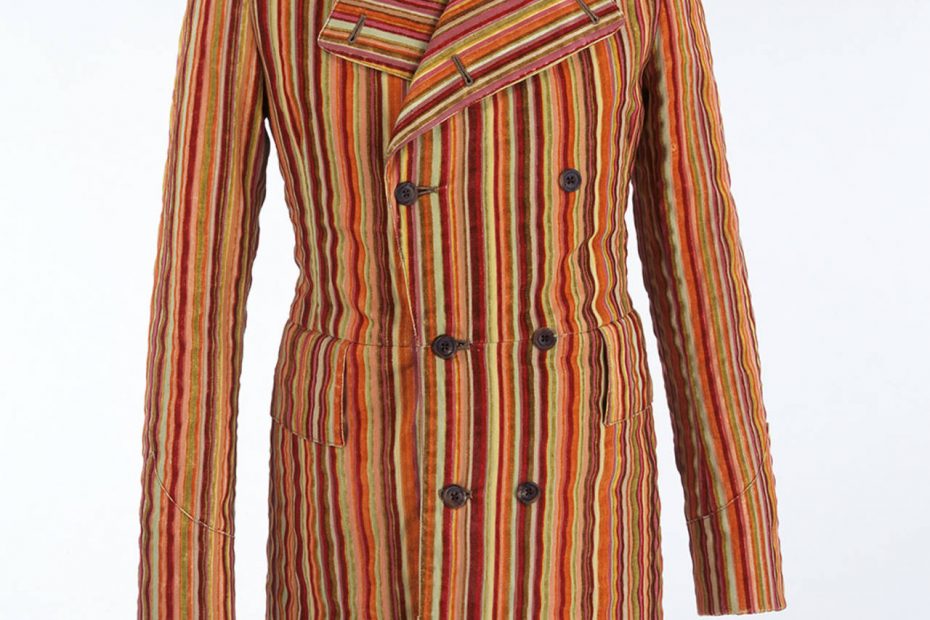Pair of Boots
1965
Designer: André Courrège
André Courrège’s minimalist designs propelled fashion forward with his ‘space-age’ collection of 1964. The show included precision-tailored short skirts and slim trousers, worn with boxy jackets, all designed to be worn with accompanying flat, square-toed shoes and boots, and short white gloves.
This futuristic look profoundly influenced fashion in the mid-1960s, and Courrège’s ideas were widely copied for the mass market. His flat, white leather boots were essential for girls emulating the ‘moon-girl’ image, a new version of femininity, inspired by youth, sportswear, and space travel.
